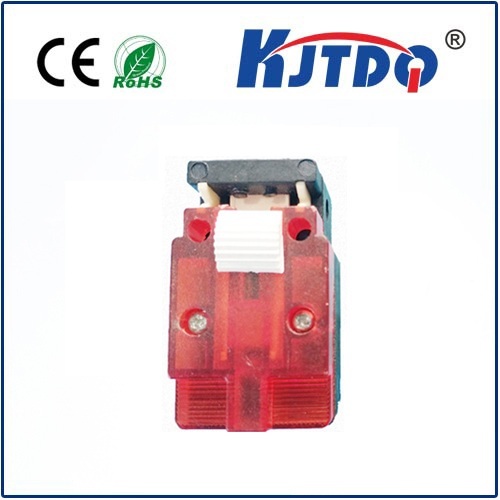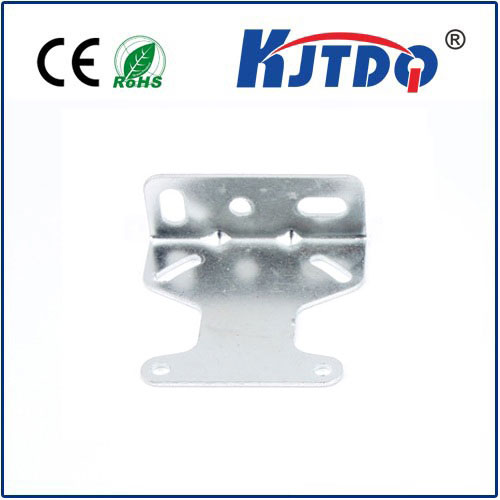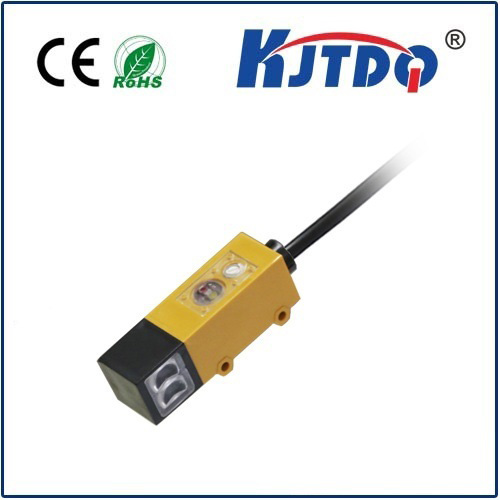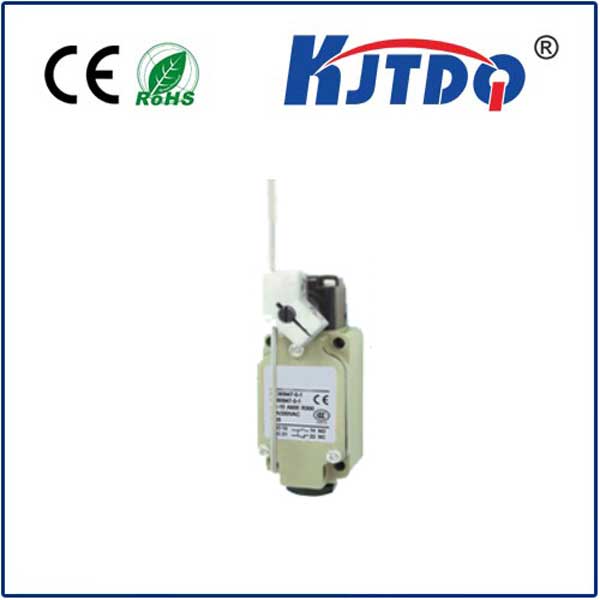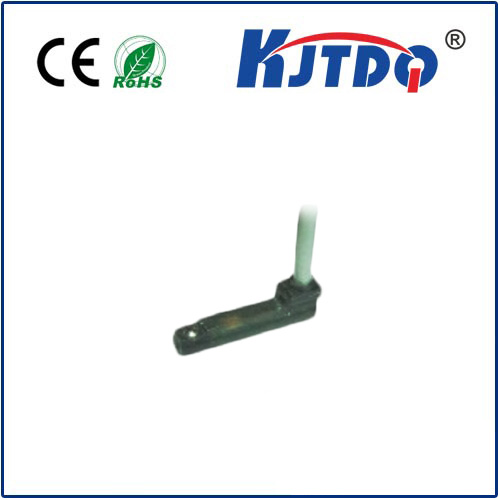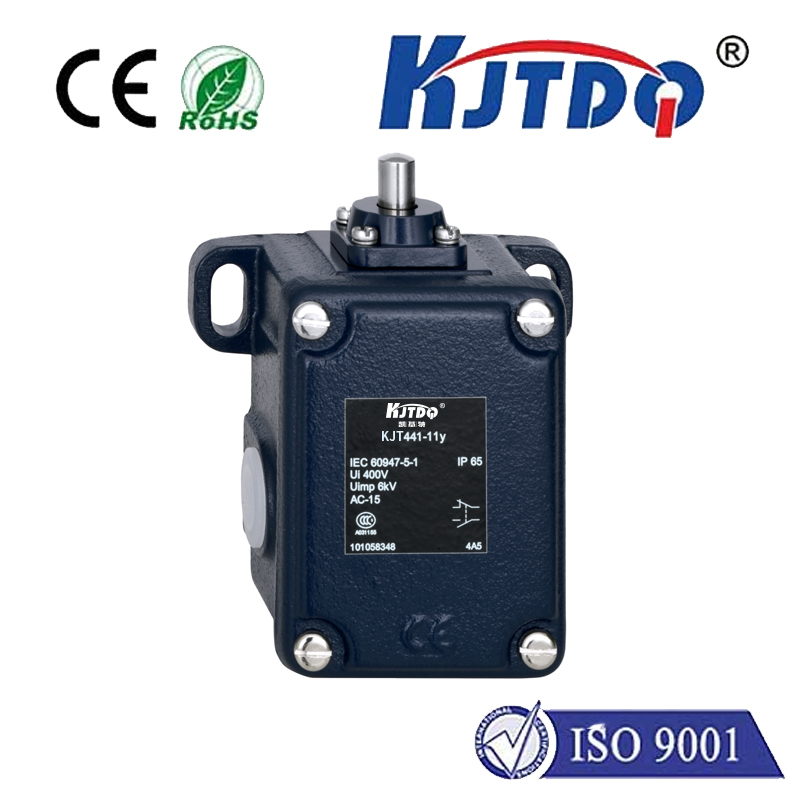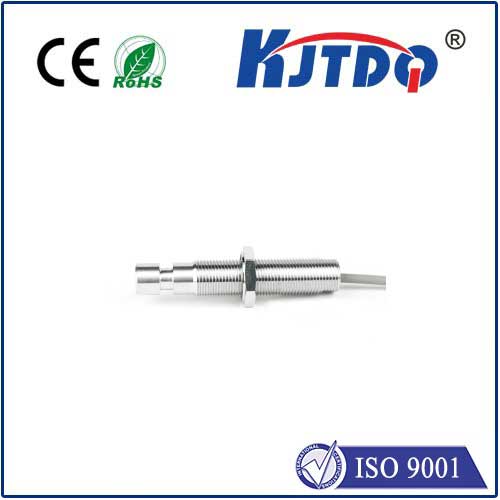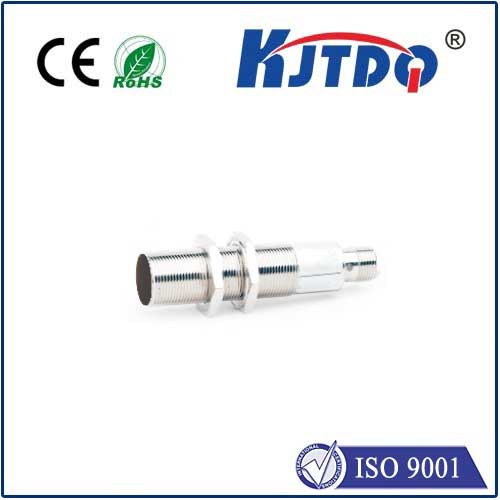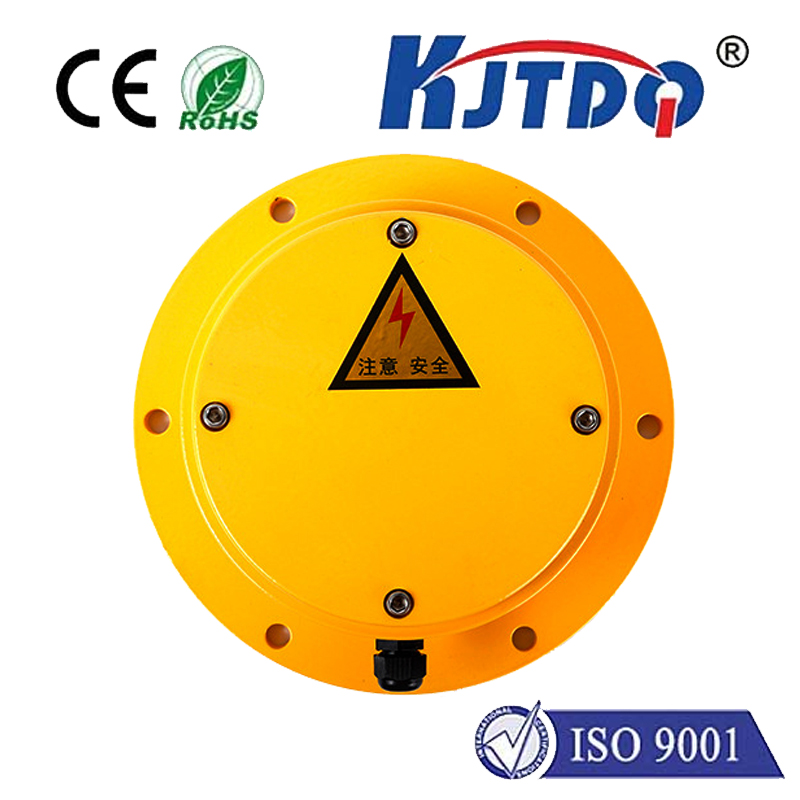
check

check

check

check
Aircraft proximity sensors are a critical component of modern aviation technology, serving as an essential tool for ensuring safety and navigation during flight. These innovative devices have revolutionized the way we approach aviation safety, providing pilots and air traffic controllers with accurate and timely information about the position and movement of nearby aircraft. In this article, we will explore the role of aircraft proximity sensors in aviation safety and navigation, discussing their benefits, limitations, and future developments.
The Importance of Aircraft Proximity Sensors in Aviation Safety
Aircraft proximity sensors are designed to detect the presence of other aircraft in close range, typically within a range of several hundred feet. They work by measuring the distance between the two aircraft using ultrasonic or infrared signals, alerting both pilots and air traffic controllers to potential hazards. This can be especially useful in situations where there is limited visibility due to fog, rain, or other weather conditions. By providing advanced notice of nearby aircraft, aircraft proximity sensors help prevent collisions and ensure a safe flying environment for all operators.
Advantages and Disadvantages of Aircraft Proximity Sensors
While aircraft proximity sensors offer numerous benefits in terms of aviation safety and navigation, they also have certain limitations that must be considered. One major advantage of these sensors is their ability to provide accurate and reliable information in real-time, allowing pilots and air traffic controllers to respond quickly to changing conditions. However, some critics argue that relying too heavily on aircraft proximity sensors can lead to complacency among pilots, who may become less attentive to other important aspects of flight such as weather patterns and terrain features. Additionally, some aircraft may not be equipped with adequate proximity sensor technology, leaving them vulnerable to potential accidents.
Future Developments in Aircraft Proximity Sensors
Despite their many benefits, aircraft proximity sensors still face challenges when it comes to improving their accuracy and effectiveness. One area of focus for researchers and manufacturers is the development of more advanced sensor technologies that can detect smaller objects or operate over longer ranges than current sensors. Additionally, efforts are underway to integrate these sensors with other cutting-edge aviation technologies such as artificial intelligence and machine learning algorithms, enabling more sophisticated analysis and decision-making capabilities. As these advancements continue to emerge, we can expect aircraft proximity sensors to become even more integral to aviation safety and navigation in the years ahead.
Conclusion
In conclusion, aircraft proximity sensors are a vital component of modern aviation technology, providing pilots and air traffic controllers with valuable information about the position and movement of nearby aircraft. While they offer numerous benefits in terms of aviation safety and navigation, there are also limitations to be considered. As research continues into new sensor technologies and integration with other aviation systems, we can expect aircraft proximity sensors to play an increasingly important role in ensuring safe and efficient flight operations for generations to come.
